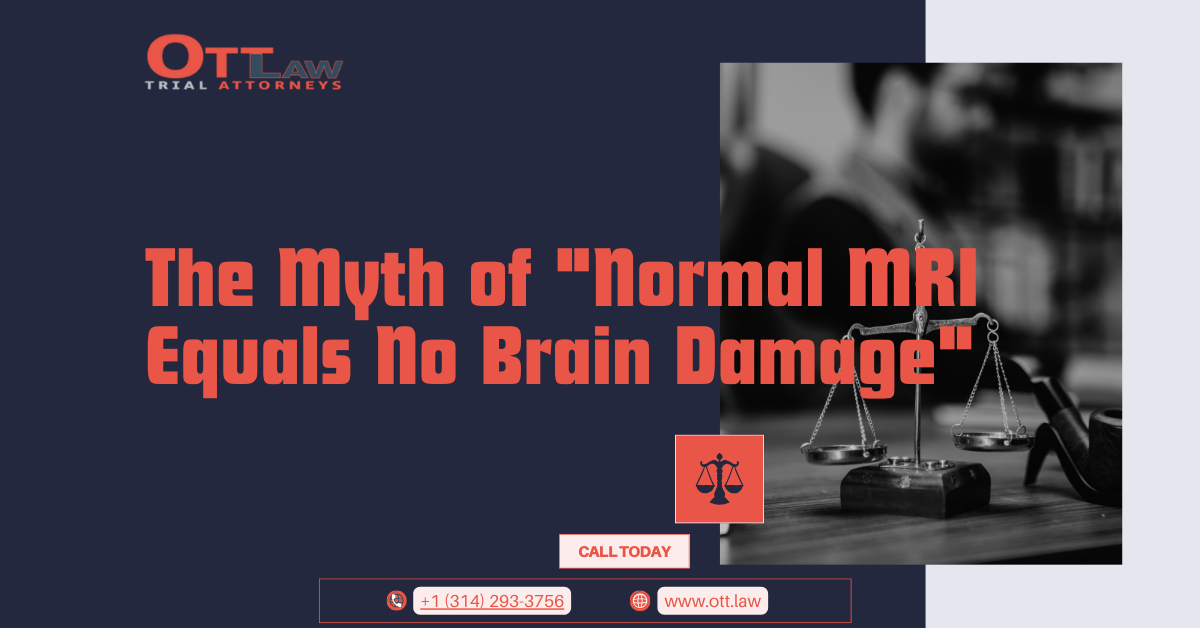One of the most misleading defenses that occasionally surfaces in the legal arena surrounding traumatic brain injuries (TBI) is that a “normal” MRI equates to the absence of brain damage. This notion, while seemingly grounded in medical technology, demonstrates a lack of understanding about the complexities of brain injuries and the limitations of imaging techniques.
The Limitations of MRI and CT Scans
It’s important to recognize that while MRI and CT scans are remarkable tools for visualizing brain structures, they are not definitive indicators of brain function. These imaging tools display brain anatomy and, depending on the type and severity of damage, might not capture microscopic injuries that significantly affect brain function.
- Sensitivity Issues: Advanced imaging modalities like PET and SPECT have been suggested to possibly be more sensitive than MRIs and CT scans in showcasing brain dysfunction following a mild TBI1. The microscopic nature of some brain damages means that only lesions considerably larger than a brain cell might be discernible on even the most advanced MRIs and CT scans.
- Delayed Manifestations: In certain instances, complications from a TBI, such as a slow internal bleed, might not manifest immediately. Initial scans could appear normal because blood accumulation hasn’t reached a volume sufficient for visualization.
- Brain Function vs. Anatomy: A pivotal distinction to grasp is that MRI and CT scans predominantly depict brain anatomy. It’s entirely feasible for an individual to be brain-dead with an ostensibly normal MRI or CT scan since these tools do not represent brain functionality in real-time.
Potential Misinterpretations
It’s a grave error to surmise the absence of a brain injury based solely on initial medical records or imaging results. The Centers for Disease Control (CDC) has produced an informational guide detailing that the onset or even the mere recognition of symptoms might transpire days or weeks post the actual injury2.
Furthermore, emergency room documentation can be fraught with discrepancies. Created under stressful environments with limited time, these records might not encompass the entirety of a patient’s condition, especially considering the delayed nature of certain symptoms.
Conclusion
While medical imaging, like MRIs and CT scans, offers invaluable insights into brain structures, it’s paramount to approach them as a part of a broader diagnostic toolkit rather than definitive proof of the presence or absence of brain injuries. Understanding the nuanced relationship between brain anatomy and function, and the potential for delayed manifestation of symptoms, is crucial in ensuring accurate diagnosis and subsequent care.
For more insights into brain injuries and their legal implications, reach out to ChatGPT Legal Insights.
References:
- Research comparing PET and SPECT imaging to MRI and CT scans.
- CDC brochure detailing delayed onset of TBI symptoms.














